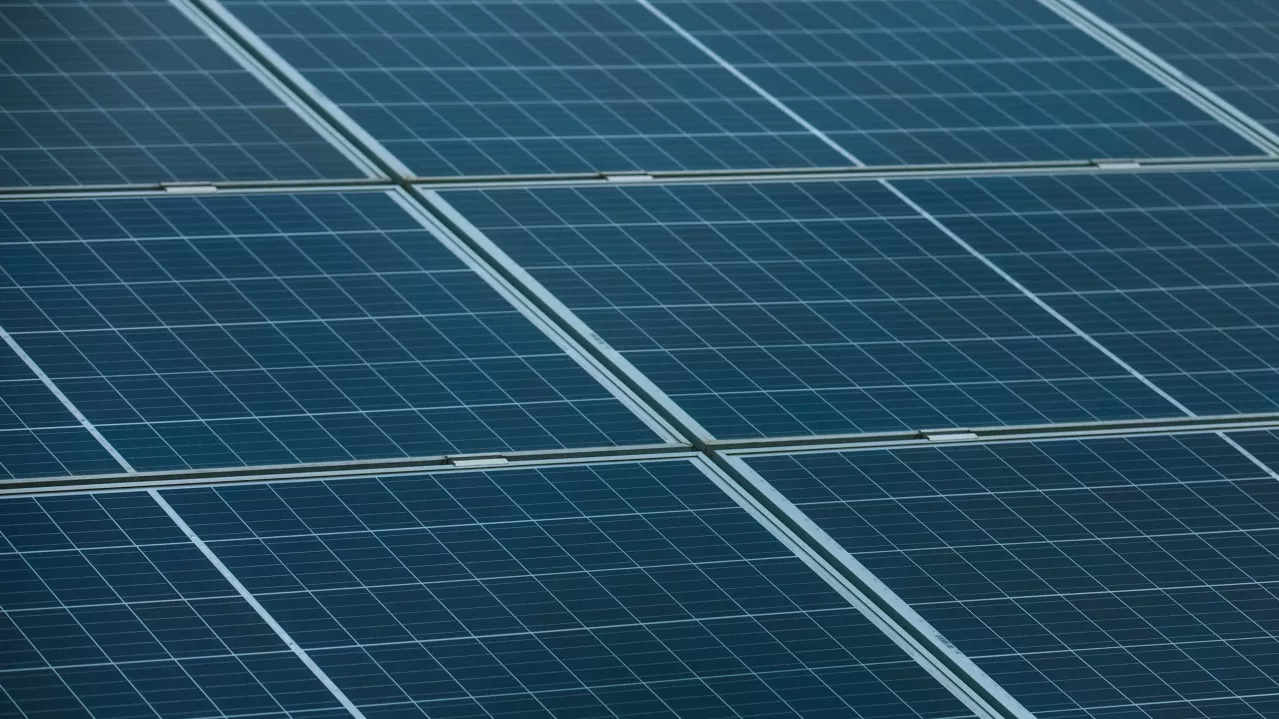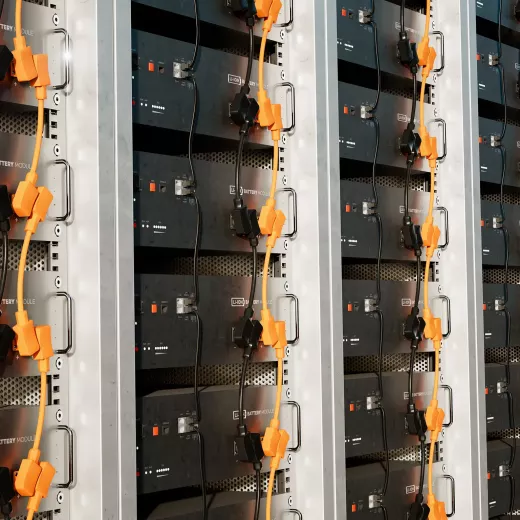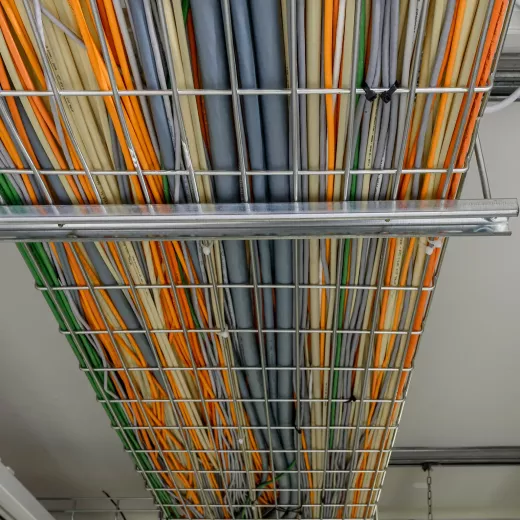
Upgrading the electrical grid by bringing the next generation of battery energy storage systems online.
Powering our world with renewable energy will require a resilient and flexible electrical grid that can absorb excess energy during low value periods and then distribute it during peak usage times.

Helping Power a More Sustainable Grid
Albemarle is the leader in pioneering better lithium use through reliable supply and consistent quality. We are using our global expertise in lithium to support the development of safer, longer-lasting and more efficient battery energy storage systems (ESS) for the electrical grid.
We prioritize responsible extraction and operations to provide the cleanest, safest and most reliable supply network in the industry. With the most diverse resources and conversion footprint, we’re trusted to deliver where our customers need it most, ensuring the shortest path to success.


Leveraging our Lithium Carbonate Capabilities
The predominant technology choice (<90%) for ESS is lithium-iron-phosphate (LFP) battery cells due to a more attractive cost profile and more optimal safety qualities for this market. The primary raw material to make LFP is lithium carbonate; Albemarle has significant capabilities in the extraction and processing of this resource, which gives us the opportunity to contribute to growth in the grid battery space.

Fire Safety Know-How for Grid Storage
Modern grid storage, whether residential, commercial or utility means a vast array of circuit boards, wire and cable, and enclosures and connectors. From power stations to home-based devices, Albemarle's decades of flame retardant expertise protects the ever-advancing modern day power supply sources from the hazards of smoke and fire.
Utilities
A grid battery (or stationary energy storage system) is a large-scale battery system that is either connected to renewable energy sources (typically solar or wind) or works as a standalone unit. Grid batteries even-out the generation from wind and solar, restoring stability and preventing curtailment when demand is low, and discharging when renewables become idle. Grid batteries are key in preventing blackouts during high usage periods, and they can also boost transmission capacity to safely defer expensive infrastructure upgrades in high-growth areas.
Related
Residential
The majority of the grid battery market is on a larger utility-scale ("front of the meter"), but households ("behind the meter") can benefit from stationary energy storage systems paired with solar panels to lower energy bills, employ backup power when necessary and play an important individual role in decarbonization efforts.
Related
Commercial
Commercial and industrial entities ("behind the meter") can similarly install ESS to act as vital backup power for data centers, telecommunications, or corporate offices, improving security and reliability of operations. Additionally, grid batteries offer a way to save money on electricity and lower energy emissions via optimized usage.